Guest Author: Jason Emmel
Editor: Patrick Cooney
WHAT IS BOWFISHING?
It’s not really fishing in the traditional sense. It’s not really bowhunting either. Bowfishing is somewhere in-between and the basic principle is quite simple. You spot a fish lurking in the shallows, carefully move in closer, draw back your specially equipped bow and arrow, take aim, then let it fly. If your aim is true and your barb-tipped arrow hits the mark, you reel your fish in by the line attached to your arrow.
You may not have tried your hand at bowfishing yet, but you can bet you’re not far from a body of water that will offer you the opportunity. Rivers, lakes, flooded fields, and marshes provide a variety of shallow habitats accessible from shore, by wading, or by boat. With minimal expense and a few key pieces of equipment, you can easily get started in your area.
EQUIPMENT
The three basic components you will need are a bow, a reel with heavy line, and a fishing arrow. Many beginners will opt to outfit an old hunting bow or purchase one at a second hand store or garage sale. Several manufactures offer a variety of economical kits for converting a basic bow into a fish hunting apparatus. Bowfishing reels vary considerably in design and method of line retrieval. Some resemble a large spool, requiring the shooter to hand wind after each shot, while others resemble a bottle or the familiar spincast reel, which can quickly retrieve line with a few cranks on the handle. Fishing arrows are typically much heavier than traditional arrows, allowing for increased penetration and energy transfer through water. Beyond these basic components, an infinite amount of money could be spent acquiring specialized equipment like customized boats, lights, and bows designed specifically for bowfishing. Just as with any sport, a hobby can quickly turn into an obsession.
CHALLENGES
Beginners often struggle with missing the mark, even those with amazing aim. Missing the mark happens to the best of us, mostly because we trust our eyes rather than our brain. Anyone who has spent time around water may recall that perfectly straight objects seemingly bend where the air and water meet because light waves behave differently in air than they do in water. This principle is called “refraction.” Refraction can easily fool your eyes when bowfishing by making fish appear to be farther away than they are in reality. If you trust your eyes when you take aim, you’re sure to miss every time. However, once you fully embrace the term “aim low”, you will find much greater success!
A GROWING SPORT
While many state fish and wildlife agencies are grappling with major declines in recreational fishing license sales and reduced participation in traditional fishing, the sport of bowfishing is catching on in a major way. Perhaps owing to the growing number of invasive fish species in the United States or the appeal of archery in general, many folks are putting away their rods and tackle boxes and picking up a bow. Men, women, and children are gearing up for an adventure on the water, taking part in both recreational outings and major competitions.
Unlike hunting or rod-and-reel fishing, bowfishing does not require you to sit still and remain quiet. In fact, it’s an incredibly social sport, often taking place on a moving boat at night, surrounded by lights, music, and excited conversation. Some moments are slow, but they can quickly give way to moments of pure chaos and thrill when the biggest carp you have ever seen appears out of nowhere.
The Bowfishing Association of America, established in 1990, served the original purpose of helping organize and track tournaments around the country. Today they work to promote the sport of bowfishing, maintain trophy fish records, and provide support to various clubs and regional bowfishing groups. Membership has surged over the last decade, growing from around 500 members in 2005 to nearly 4,000 in 2017. Regional clubs and state-level bowfishing organizations are springing up across the country and recruitment is at an all-time high.
A FAMILY SPORT
Bowfishing offers a unique outdoor experience for the whole family to enjoy. Traditionally a sport for manly men, the rising popularity of bowfishing and archery across the country has recently encouraged more women to pick up a bow. The increasing presence of female bowhunters on televised productions, YouTube channels, and social media outlets has helped pave the way. Well-known women of the outdoors like Beka Garris and Eva Shockey share their passion for hunting and fishing through various media outlets and written articles, and serve as role models to countless young ladies. Krysten Potega, an avid outdoorswoman (pictured below) had this to say about bowfishing:
“…my dad got me started. He knew how much I loved the outdoors and archery. He bought me a bowfishing setup. The nice thing about bowfishing is it keeps you practiced for deer season while also testing your skills on the water! I love all things outdoors, so any form of fishing or hunting, I’m always game to try.” – Krysten Potega
Many bowfishers have also discovered the enjoyment of teaching the next generation to take aim, thanks in part to the availability of equipment designed specifically for youth and beginners. Bows with lower draw weight and shorter arrows allow enthusiastic adults to encourage youth and foster an appreciation for the sport. The look on a child’s face when they are finally able to connect with a moving target is truly priceless.
USING THE RESOURCE
Easily the most frequently asked question about bowfishing is “What do you do with them?”. With all of that harvest, there are plenty of ways to put the bowhunter’s efforts to good use. Those fish species that taste delicious, like gar and snakehead, often find their way into the kitchen for supper. Of course, bowhunting for native species, like gar, is something that fisheries agencies have been watching closely to ensure long term population stability for these fish.
Fish species like common carp, grass carp, silver carp, and bighead carp are the preferred and most abundant targets for bowhunters. These fish species are considered “invasive nuisance species”. Therefore, bowhunters are seen as a major part of the solution to limit the spread and environmental destruction caused by these fish that were introduced from other parts of the world. Few will admit to liking the taste of carp (human health organizations in many localities warn against their consumption), but that does not disqualify them from being put to good use. These fish are composted for fertilizer, used as bait for hook and line fishing, fed to farm animals, or donated to animal rehabilitation facilities.
GET OUT THERE
If you are interested in taking a shot in the dark so to speak, you may be able to connect with a local bowfishing club in your area. If you would like to learn more, you will find numerous online forums and Facebook groups dedicated to various aspects of bowfishing.


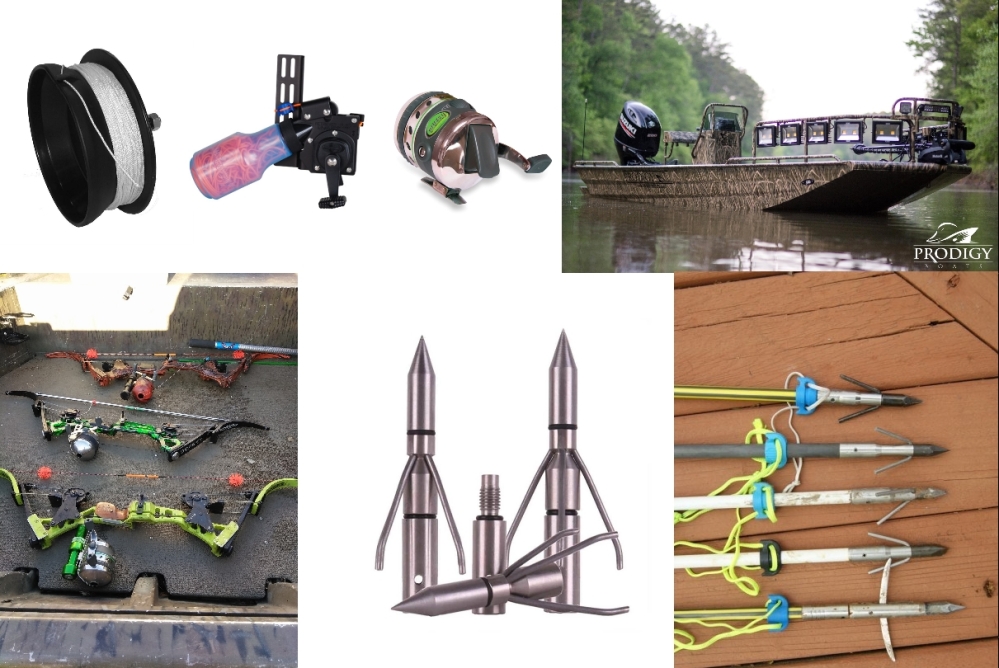
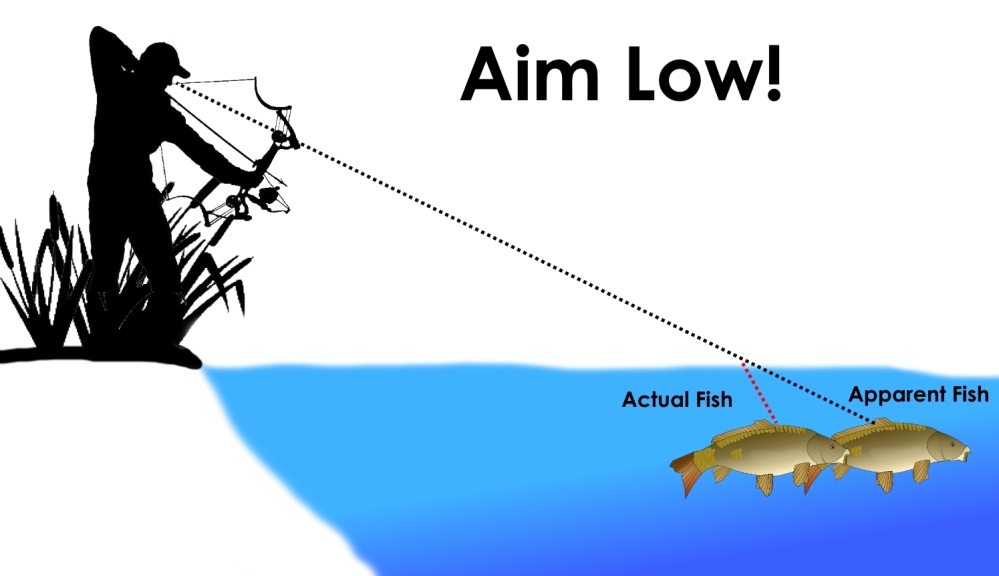
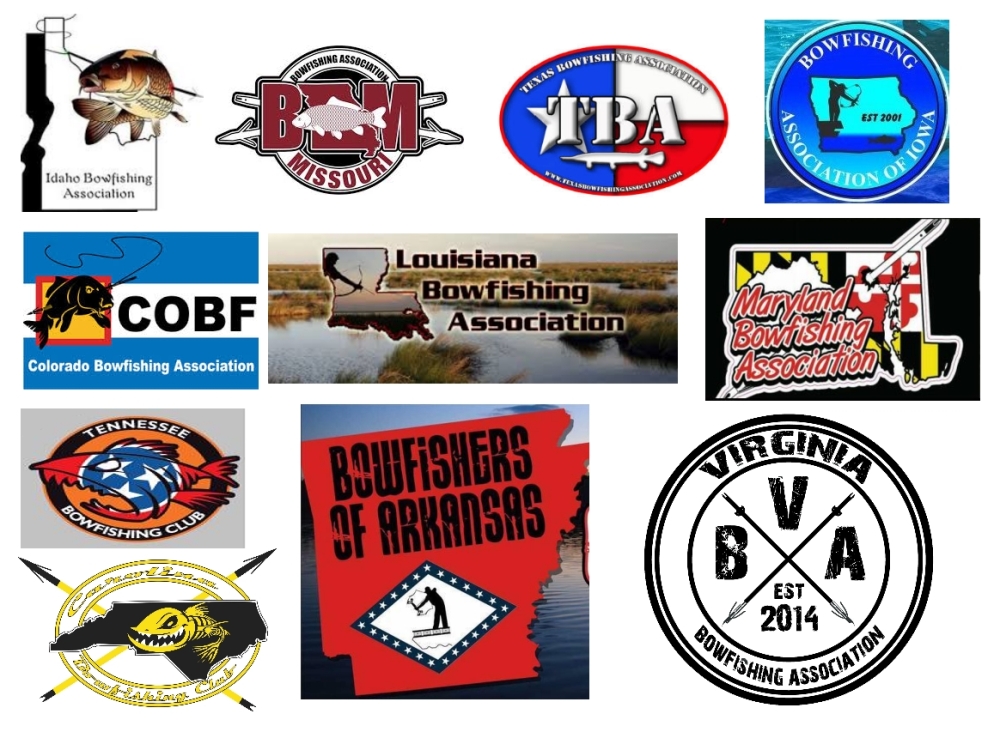
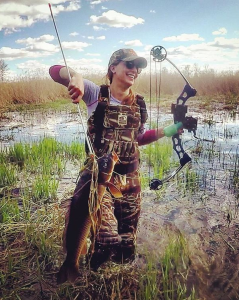
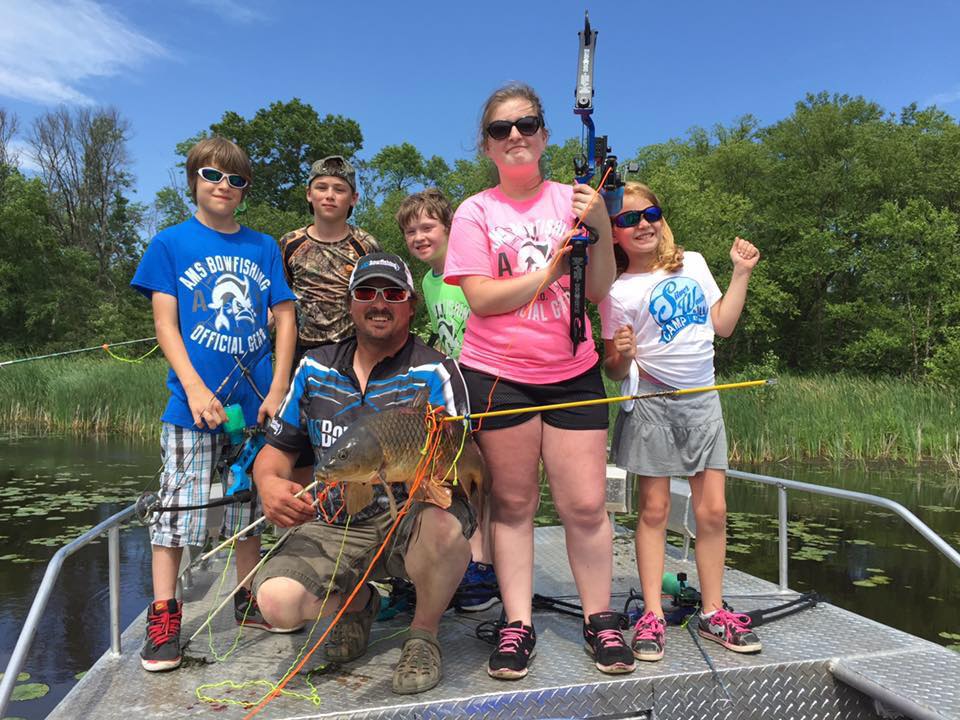

Although common carp can sometimes taste undesirable, grass carp, silver carp, and bighead carp are all delicious (though bony), and healthy too, given they feed at very low trophic levels. Fish tacos are my favorite way to enjoy these invasive fish (grilled fillets, then pulled off the bones), especially since they often volunteer for dinner by jumping in the boat.
I have been searching for fishing rods suitable for salt water fishing. This blog is so informative about fishing techniques. Thanks for sharing.
Regards,
Have been thinking of trying Bowfishing as something different here in Darwin, Australia. Have looked at many sites including this one obviously, an have found it an informative article , well to me anyway. The more i read the more i want to get out there an try it.
Thank you Guys, for what you have given me here…😎😎
Edge Bowfishing provides guided Bowfishing trips for those who wish to learn the sport.
Contact us at 612.802.8370